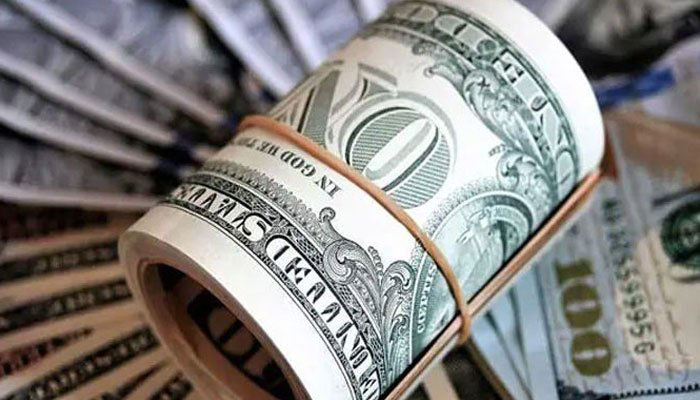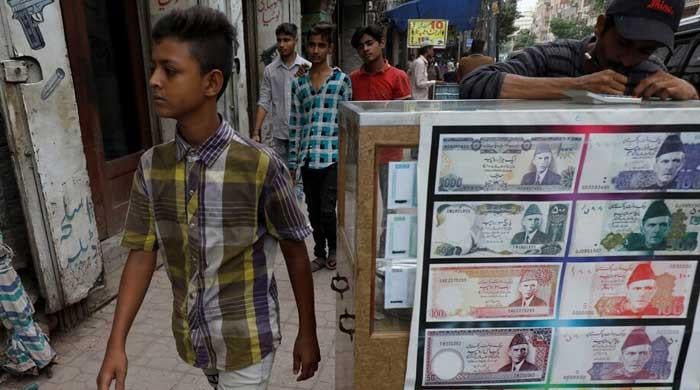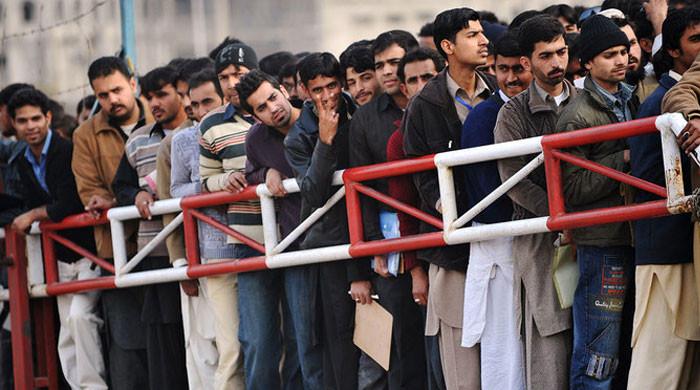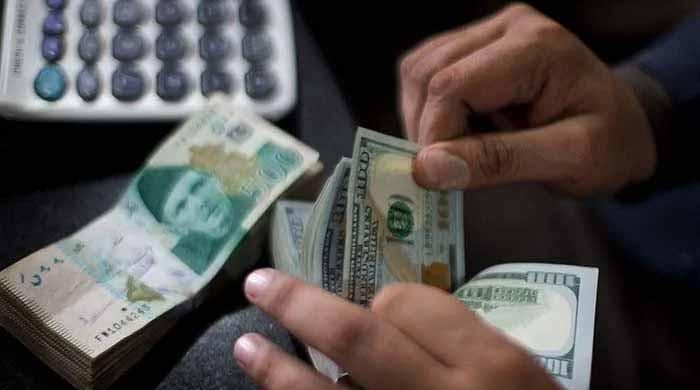Debt, liabilities soar 2.5 times in seven years
Pakistan’s public debt and liabilities are up two-and-a-half times since 2013 when they were recorded at Rs14.29 trillion
June 12, 2020

ISLAMABAD: Pakistan’s public debt and liabilities – domestic and external – have been recorded at a worrisome figure of Rs35.207 trillion by March-end this year, up two-and-a-half times since 2013 when they were recorded at Rs14.29 trillion, the economic survey document showed on Thursday.
Interestingly, the PTI-government during the almost last two years, have increased the debt and liabilities by Rs10.25 trillion or 41.1%, as in 2018, they were Rs24.95 trillion. In the first nine months of this outgoing fiscal, Rs2.5 trillion debts have been added.
In 2008, Pakistan’s total debt and liabilities were Rs6.127 trillion, while in 1999 the debt was Rs2.94 trillion, depicting an increase of 108% (or Rs3.187 trillion) during nine years.
But, at the end of the five-year PPP-led government in 2013, the debt rose to Rs14.29 trillion, making a further addition of Rs8.16 trillion or 133.2%, to the country’s total public debt profile.
After that, Nawaz Sharif’s government in his five-year tenure further piled up the debt of Rs10.66 trillion on the nation and jacked it up to Rs24.95 trillion. The most worrisome factor is that Imran Khan’s government piled up the same amount of debt on the nation in two years, what Nawaz Sharif had accumulated in five years.
If Pakistan today decided to retire all its public debt, then it has to forego around 84.38% of its gross domestic product (GDP), which at present stands at Rs41.72 trillion. It also indicates that Pakistan violated the Fiscal Responsibility and Debt Limitation Act (FRDLA), which calls for limiting debt to below 60% of GDP.
Of the total public debt, domestic debt was recorded at Rs22.478 trillion at March-end 2020. External debt and liabilities (EDL) have been recorded at $110 billion. In the first nine months, EDL increased $3.6 billion.
Gross external loan disbursements were recorded at $8.017 billion during the first nine months of 2019/20. Disbursements from multilateral sources (including IMF) amounted to $4.839 billion and accounted for 60% of the total disbursements, out of which ADB and IMF were the main contributors. Disbursements from bilateral sources stood at $1.305 billion. Out of this total, disbursements from Saudi Arabia and China were $720 million and $460 million, respectively. Commercial loans contributed $1.873 billion in external public debt disbursements.
In the wake of the COVID-19 outbreak, Pakistan has secured $1.386 billion under the IMF’s rapid financing instrument facility to counter the negative impacts of the outbreak on the economy by increasing social sector spending.
On public debt servicing (paying interest and principal amount), the government spent Rs1.88 trillion during the first nine months of the current fiscal year against the annual budgeted estimate of Rs2.89 trillion. Domestic interest payments were recorded at Rs1.646 trillion that constituted around 88% of total debt servicing due to a higher volume of domestic debt in the total public debt portfolio.
External public debt repayments were recorded at $5.537 billion during the first nine months, compared with $4.138 billion during the same period last year. Repayment of Eurobonds amounting to $1 billion and higher repayments to the IMF mainly contributed towards this increase in repayments during the period.
Originally published in The News









